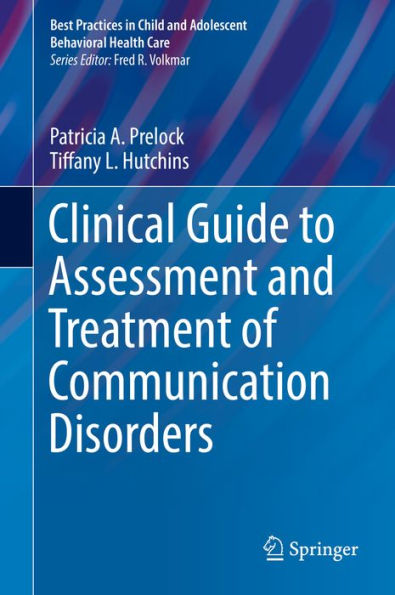Patricia A. Prelock, Ph.D., CCC-SLP, BRS-CL, is Professor and Dean, College of Nursing and Health Sciences and Professor of Pediatrics in the College of Medicine at the University of Vermont. Dr. Prelock coordinates parent training programs designed for caregivers of children with ASD and has been awarded more than 11 million dollars in university, state and federal funding as a PI or Co-PI to develop innovations in interdisciplinary training supporting children and youth with neurodevelopmental disabilities and their families, to facilitate training in speech-language pathology, and to support her intervention work in ASD. She has over 180 publications and 528 peer-reviewed and invited presentations/keynotes in the areas of autism and other neurodevelopmental disabilities, collaboration, IPE, leadership, and language learning disabilities. Dr. Prelock received the University of Vermont’s Kroepsch-Maurice Excellence in Teaching Award in 2000, was named an ASHA Fellow in 2000 and a University of Vermont Scholar in 2003. In 2011, she was named the Cecil&Ida Green Honors Professor Visiting Scholar at Texas Christian University and in 2015 Dr. Prelock was named a Distinguished Alumna of the University of Pittsburgh. In 2016, she received the ASHA Honors of the Association and in 2017 she was named a Distinguished Alumna of Cardinal Mooney High School. Dr. Prelock is a Board-Certified Specialist in Child Language and was named a Fellow in the National Academies of Practice (NAP) in speech-language pathology in 2018. She was the 2013 President for the American Speech-Language Hearing Association and is leading the development of the University of Vermont Integrative Health Program.
Tiffany Hutchins, Ph.D., is an Associate Professor at the University of Vermont. Her research has centered on the relationships from mother-child interaction strategies to social cognition, and child cognitive and language development. She has developed and validated new measures of theory of mind (see https://www.theoryofmindinventory.com/) that can be used in research and practice with typically developing individuals and those with developmental disabilities. She is currently investigating the efficacy of story-based interventions to remediate the core deficits of autism spectrum disorder (ASD). With the use of eye-tracking technology, she has established a new program of research to examine how individuals with ASD allocate visual attention when viewing face stimuli. Dr. Hutchins also examines social cognition or theory of mind in oral and late-signing children with hearing loss. Dr. Hutchins teaches courses in the development of spoken language, cognition and language, measurement in communication sciences, and language disorders.



